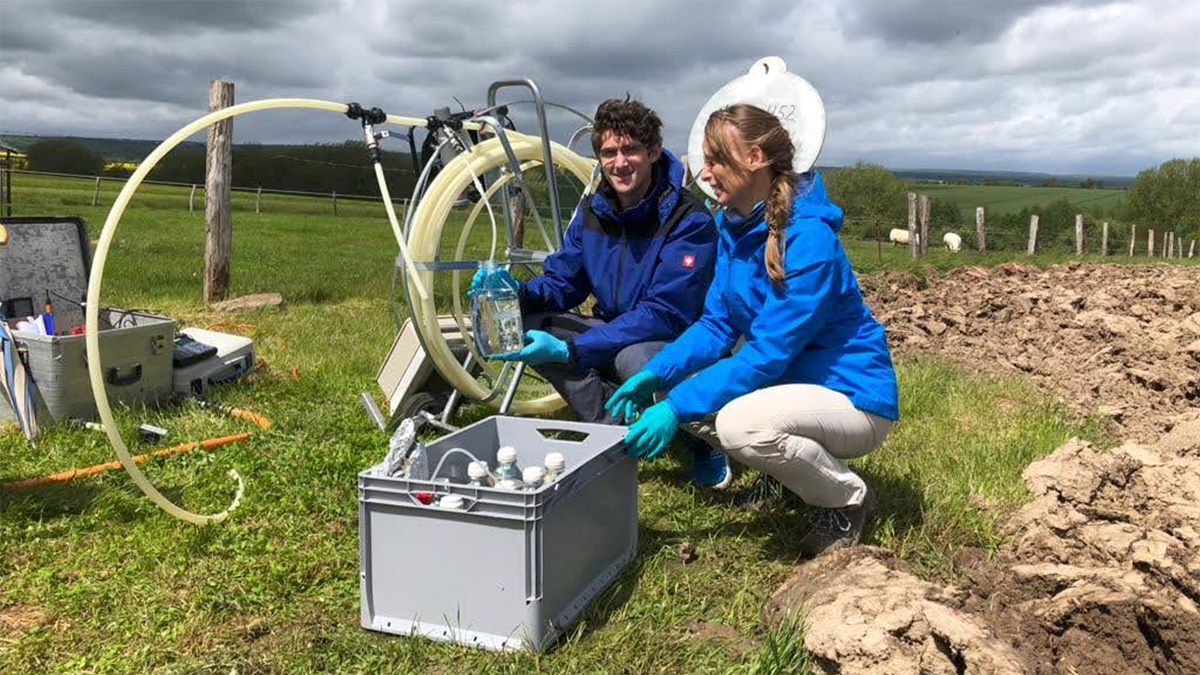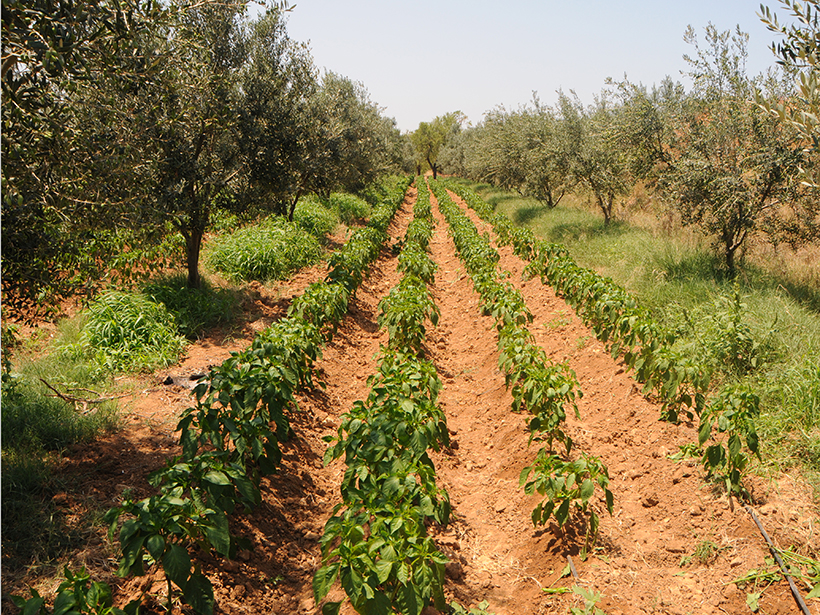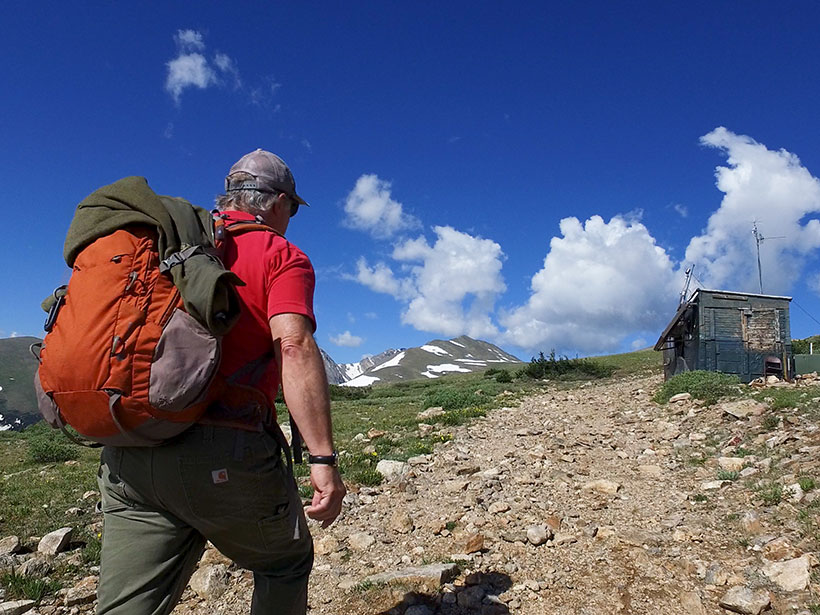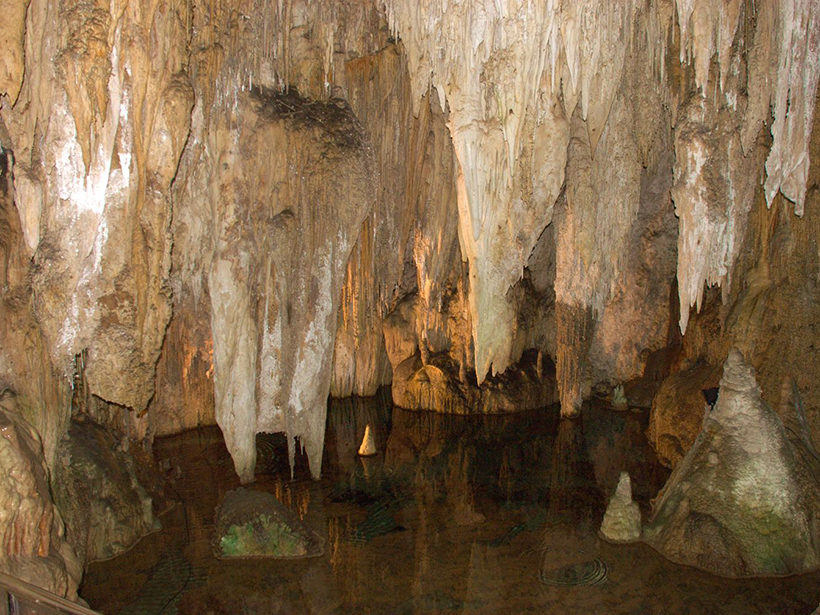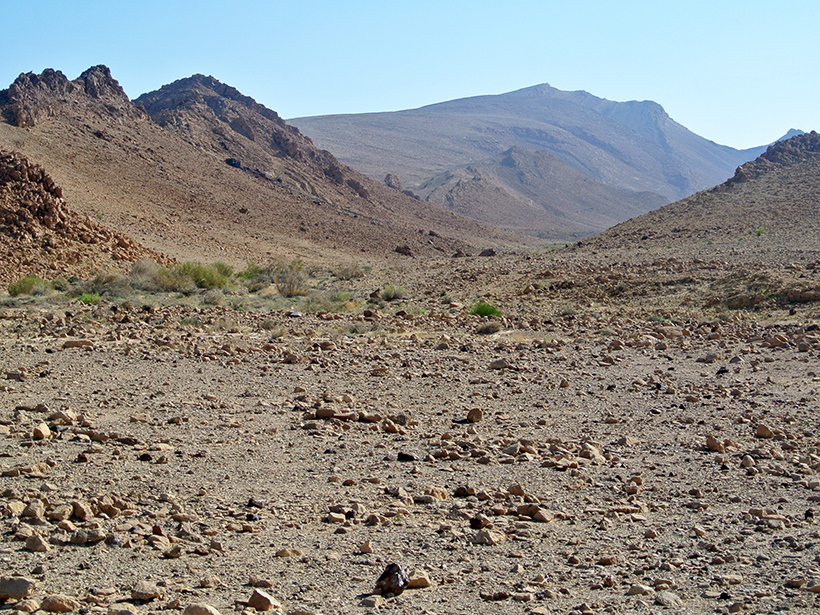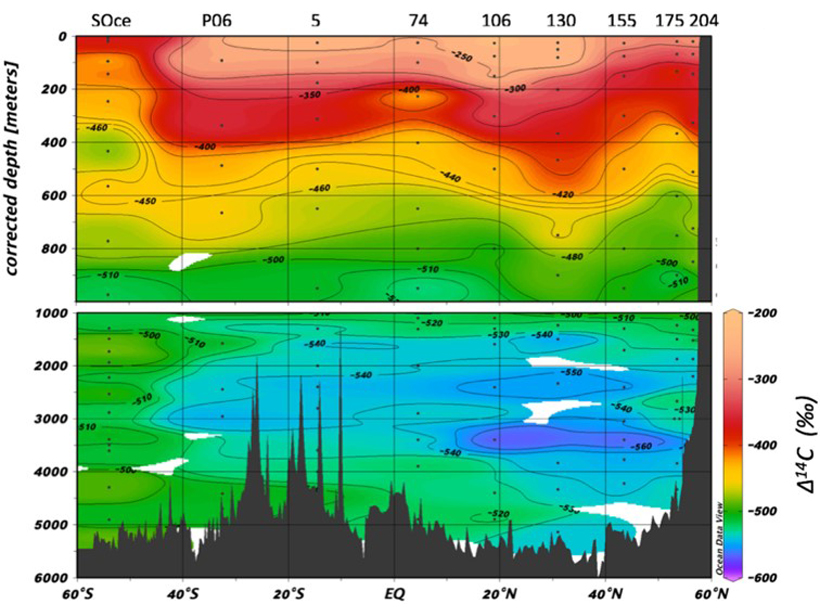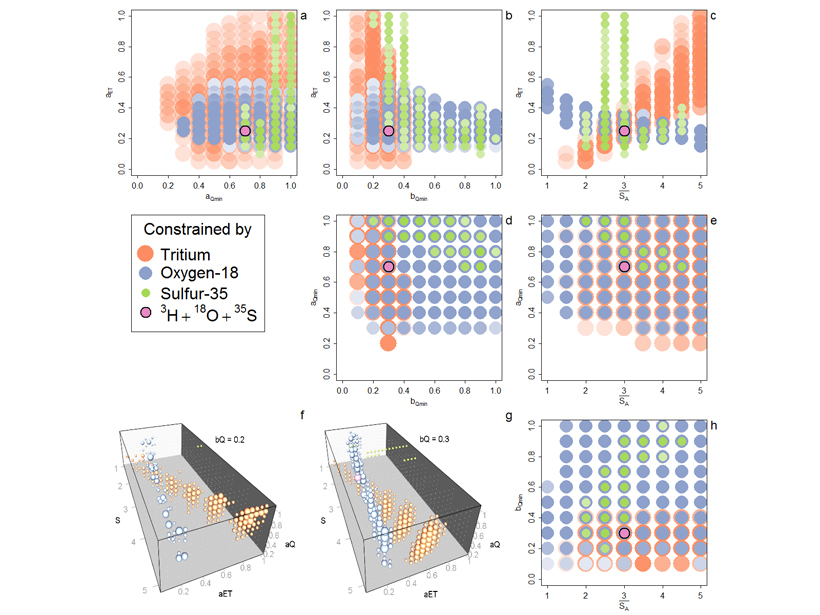Terrestrial electron antineutrino observations provide new constraints on the contributions of radiogenic heat in the mantle.
radioactivity
Groundwater May Fix as Much Carbon as Some Ocean Surface Waters
Microbes from wells as deep as 90 meters created organic carbon at a rate that overlaps with some nutrient-poor spots in the ocean.
Using Nuclear Fallout to Measure Soil Erosion in Tunisia
Cesium-137 acts as a tracer to evaluate the efficiency of conservation methods.
Traces of Impacts on Warm Planetesimals Early in Solar System
Meteorite NWA 11004 contains evidence of melting preceding an impact dated to 4546±36 Ma. Short lived radioactive decay had already heated the parent body of this meteorite before the impact.
Radioactive Bookkeeping of Carbon Emissions
A new sampling method uses carbon-14 to single out which carbon dioxide molecules in the atmosphere derive from fossil fuels. The method could help track emissions goals for climate mitigation.
How to Read Atmospheric History Written in Flowstones
Oxygen isotope ratios in cave deposits reflect past climates, but interpreting these data is not straightforward. A new study explores what these ratios really tell us.
The Dawning of the Age of Old Aquifers
A new technique using 81Kr can measure the age of old groundwater in arid regions. The method can be used as a proxy for past climates and weather patterns.
Marshall Islands Nuclear Contamination Still Dangerously High
Today’s radiation levels at some locations were higher than in areas affected by the Chernobyl and Fukushima nuclear disasters.
Pacific Carbon Ages During Long Journey Along Ocean Floor
The radiocarbon signal of DOC with depth across the Pacific Ocean basin effectively supports a number of important theories that have been suggested over the years.
Using Radioactive Tracers to Determine the Ages of Streamflow
Radioactive isotope tracers can be used to determine the relationship between the ages of water that is stored in soil and bedrock, water in streams, and the water used by vegetation.


